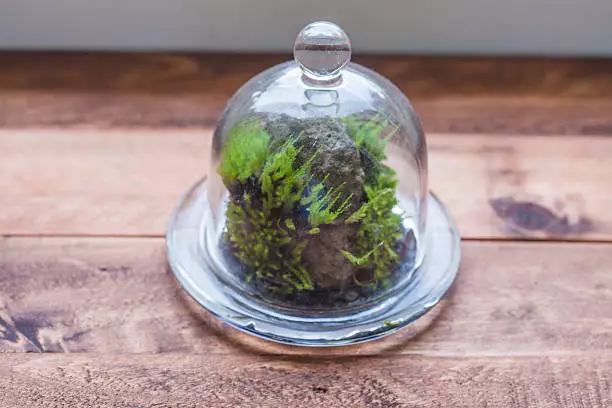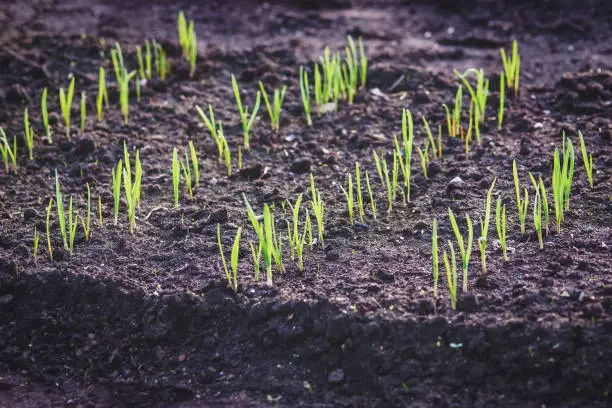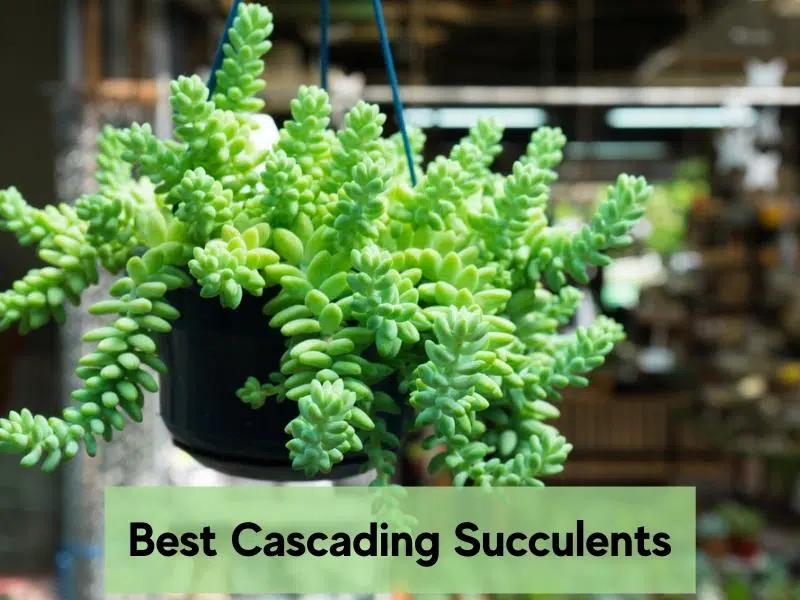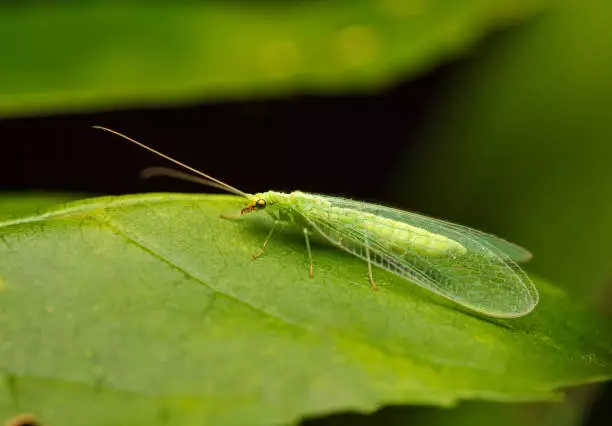Aloe vera is a popular houseplant known for its medicinal properties. It is easy to grow and maintain, but many people struggle with how to properly cut it without damaging or killing the plant.
To start, it is important to have a sharp, clean knife or pair of scissors. Dull blades can cause damage to the plant, and dirty blades can introduce bacteria that can harm the plant. When cutting an aloe vera plant, it is best to focus on the outer leaves, as they are the oldest and most likely to be ready for harvest. It is important to leave at least two or three leaves on the plant so that it can continue to grow and thrive.
When cutting the leaves, it is important to make a clean cut as close to the base of the plant as possible. This will help to minimize damage and allow the plant to heal quickly. After cutting the leaves, it is important to let them sit for a few minutes to allow the sap to drain out. This sap can be irritating to the skin, so it is important to handle the leaves with care. With a little practice and patience, anyone can learn how to cut an aloe vera plant without harming it.
Understanding Aloe Vera Plant
Aloe vera is a succulent plant that belongs to the family Asphodelaceae. It is a hardy plant that can thrive in various environments, including arid and semi-arid regions. The plant is characterized by its thick, fleshy leaves that store water, enabling it to survive in harsh conditions.
Aloe vera plants are known for their medicinal properties and have been used for centuries to treat various ailments. The gel inside the leaves contains compounds that have anti-inflammatory, antimicrobial, and antioxidant properties. It is commonly used to soothe burns, cuts, and other skin irritations.
To understand how to cut an aloe vera plant without killing it, it is essential to know its anatomy. The plant consists of three main parts: the roots, the stem, and the leaves. The roots anchor the plant to the ground and absorb water and nutrients. The stem connects the roots to the leaves and stores water. The leaves, which are the most important part of the plant, contain the gel and are responsible for photosynthesis.
When cutting an aloe vera plant, it is important to avoid damaging the stem and the roots. A damaged stem can lead to water loss and cause the plant to die. Similarly, damage to the roots can affect the plant’s ability to absorb water and nutrients, leading to stunted growth or death.
To cut an aloe vera plant, it is recommended to use a sharp, sterilized knife or scissors. The leaves should be cut close to the base, leaving at least two inches of the stem intact. It is important to cut only mature leaves that are at least six inches long. Young leaves are not fully developed and do not contain as much gel.
In conclusion, understanding the anatomy and characteristics of the aloe vera plant is crucial when cutting it without killing it. Careful handling and the use of sharp, sterilized tools can help prevent damage to the stem and roots, ensuring the plant continues to thrive and provide its many benefits.
Preparation Before Cutting
Before cutting an aloe vera plant, it is important to ensure that the cutting tool is clean and sterile to prevent any infections. A sharp blade or scissors can be used for this purpose. It is recommended to use a blade or scissors made of stainless steel, as they are less likely to rust and contaminate the plant.
To sterilize the cutting tool, rubbing alcohol can be used. The blade or scissors should be soaked in rubbing alcohol for a few minutes before use. This will help to kill any bacteria or fungi that may be present on the tool.
Once the cutting tool is sterilized, the next step is to prepare the plant for cutting. The outermost leaves of the plant should be selected for cutting, as they are the oldest and have the most gel content. The plant should be watered a day or two before cutting, as this will make it easier to remove the leaves.
When removing the selected leaves, it is important to cut them close to the base of the plant. The cut should be made at a slight angle to prevent water from accumulating on the cut surface. The remaining part of the plant should be left undisturbed, as it will continue to grow and produce new leaves.
In summary, before cutting an aloe vera plant, it is important to ensure that the cutting tool is clean and sterile. The outermost leaves should be selected for cutting, and the plant should be watered a day or two before cutting. The leaves should be cut close to the base of the plant at a slight angle.
Identifying the Right Leaf
When it comes to cutting an aloe vera plant without killing it, identifying the right leaf is crucial. A healthy aloe vera plant should have leaves that are thick, fleshy, and firm to the touch. They should also be a vibrant green color, indicating that they are mature and ready for harvesting.
If the leaves are discolored or have brown spots, this may indicate that they are unhealthy or dying. It’s best to avoid cutting these leaves as they may not have the same medicinal properties as healthy leaves. Dead leaves should be removed from the plant as they can attract pests and diseases, but they should not be used for any medicinal purposes.
When selecting a leaf to cut, it’s important to choose one that is mature and healthy. Mature leaves are typically located towards the bottom of the plant and are larger than younger leaves. They should be at least 4-6 inches long and 1-2 inches wide.
To ensure that the plant remains healthy, it’s recommended to only cut one or two leaves at a time. This allows the plant to continue producing new leaves and maintain its overall health.
In summary, identifying the right leaf is essential when it comes to cutting an aloe vera plant without killing it. Healthy, mature leaves are the best choice for harvesting, while discolored or dead leaves should be avoided. By choosing the right leaves and only cutting a few at a time, the plant can continue to thrive and provide medicinal benefits for years to come.
How to Cut Aloe Vera Plant
Cutting an aloe vera plant may seem like a straightforward task, but it requires some knowledge to avoid killing the plant. Aloe vera plants are succulents that store water in their leaves, making them prone to rot if cut improperly. Here are some tips on how to cut an aloe vera plant without killing it.
First, gather the necessary tools. You will need a sharp knife or pair of scissors, a clean cutting board, and rubbing alcohol or soap and water to clean the tools. It is important to use a sharp knife to make a clean cut and avoid damaging the plant.
Next, identify the main stem of the aloe vera plant. The main stem is the thickest part of the plant, and it is where the leaves are attached. Cutting the main stem can kill the plant, so it is important to avoid it.
To cut the leaves, choose the outermost leaves that are mature and healthy. They should be at least 6 inches long and have a vibrant green color. Cut the leaves as close to the base as possible, leaving about an inch of the leaf attached to the plant. Avoid cutting too many leaves at once, as this can stress the plant.
After cutting the leaves, clean the tools with rubbing alcohol or soap and water to prevent the spread of disease. Then, let the cut ends of the leaves dry for a few hours to prevent rot. You can also dip the cut ends in rooting hormone to encourage new growth.
In summary, to cut an aloe vera plant without killing it, use a sharp knife, avoid cutting the main stem, choose mature and healthy leaves, cut the leaves as close to the base as possible, and let the cut ends dry before planting or using them. With these tips, you can enjoy the benefits of aloe vera without harming the plant.
Extracting and Storing Aloe Vera Gel
Aloe Vera gel is a popular natural remedy for a wide range of ailments. It is extracted from the leaves of the Aloe Vera plant, which is a succulent that can be grown indoors or outdoors. It is important to know how to extract and store Aloe Vera gel properly to ensure that it remains fresh and effective.
To extract Aloe Vera gel, you need to first cut off a leaf from the plant. It is best to choose a mature leaf from the outermost part of the plant. Using a sharp knife, cut the leaf as close to the base of the plant as possible. It is important not to damage the plant, as this can cause it to die.
Once you have cut the leaf, you need to remove the spines and the outer layer of the leaf. You can do this by cutting off the edges of the leaf and then slicing it lengthwise. Use a spoon to scrape out the gel from the center of the leaf. Be sure to remove all of the yellow sap, as this can cause skin irritation.
After you have extracted the gel, it is important to store it properly to ensure that it remains fresh. Fresh Aloe Vera gel can be stored in an airtight container in the refrigerator for up to a week. If you want to store the gel for longer, you can freeze it in an ice cube tray and then transfer the cubes to a freezer-safe container.
To make Aloe Vera gel last longer, you can add natural preservatives such as vitamin E oil or citric acid. These can help to extend the shelf life of the gel and prevent it from spoiling. It is important to note that Aloe Vera gel should not be exposed to sunlight, as this can cause it to lose its potency.
In summary, extracting and storing Aloe Vera gel is a simple process that can be done at home. By following these tips, you can ensure that your Aloe Vera gel remains fresh and effective for longer.
Maintaining Aloe Vera Plant Health Post Cutting
After cutting an aloe vera plant, it is essential to take care of it to maintain its health. Here are a few tips to help keep your plant healthy post-cutting:
Light and Temperature
Aloe vera plants thrive in bright, indirect sunlight and prefer temperatures between 60-75°F. Avoid placing your plant in direct sunlight, as it can damage the leaves. Similarly, avoid placing it in a location with temperatures below 50°F or above 90°F.
Watering
Aloe vera plants do not require frequent watering. It is recommended to water them only when the soil is dry to the touch, about every 2-3 weeks. Overwatering can lead to root rot and damage the plant. Ensure that the pot has drainage holes to prevent water from accumulating in the soil.
Pests and Diseases
Aloe vera plants are generally resistant to pests and diseases. However, they can be susceptible to fungal infections if exposed to excessive moisture. To prevent fungal growth, avoid overwatering and ensure proper ventilation.
Plant Growth
After cutting an aloe vera plant, it is normal for the plant to stop growing for a while. However, new leaves will eventually emerge from the center of the plant. It is essential to be patient and avoid over-fertilizing the plant, as it can lead to stunted growth.
Maintaining an aloe vera plant’s health post-cutting is relatively easy, as long as you provide the plant with adequate light, water, and temperature conditions. With proper care, your aloe vera plant can continue to thrive and provide you with its many benefits.
Promoting Healthy Growth and Propagation
Aloe vera plants are known for their ability to thrive in a variety of conditions, but they still require proper care to stay healthy and produce new growth. One important aspect of maintaining a healthy aloe vera plant is knowing how to trim it without harming it. Here are some tips for promoting healthy growth and propagation:
Trimming and Pruning
Regular trimming and pruning can help stimulate new growth and keep the plant looking healthy. When trimming aloe vera plants, it is important to cut the leaves at the bottom of the plant rather than in the middle or top. This is because the bottom leaves are older and less productive, while the top leaves are responsible for photosynthesis and producing new growth.
Soil and Potting Mix
Aloe vera plants require well-drained soil that is rich in nutrients. A good potting mix for aloe vera should include sand, perlite, and peat moss. It is important to avoid overwatering the plant, as this can lead to root rot and other diseases.
Propagation
Aloe vera plants are easy to propagate, and this can be done by removing the offsets, or “pups,” that grow at the base of the plant. To propagate aloe vera, carefully remove the pup from the parent plant and plant it in a separate pot with well-drained soil. Water the new plant sparingly until it begins to produce new growth.
Repotting
Aloe vera plants should be repotted every two to three years to promote healthy growth. When repotting, it is important to use a pot that is slightly larger than the current one and to add fresh potting mix to the bottom of the new pot. This will help the plant establish new roots and promote healthy growth.
In conclusion, promoting healthy growth and propagation of aloe vera plants requires proper trimming, soil and potting mix, propagation, and repotting. By following these tips, you can ensure that your aloe vera plant stays healthy and produces new growth for years to come.
Benefits and Uses of Aloe Vera
Aloe vera is a succulent plant that has been used for medicinal purposes for centuries. It is well-known for its ability to soothe burns, wounds, and skin irritations. The plant contains a gel-like substance that is rich in vitamins, minerals, and antioxidants, making it a popular ingredient in many cosmetic and self-healing products.
One of the most common uses of aloe vera is for treating burns and skin irritations. The gel from the plant can help to reduce pain, inflammation, and redness caused by sunburns, minor burns, and rashes. Applying aloe vera gel to the affected area can also help to speed up the healing process.
Aloe vera is also used for its medicinal properties. The plant has been shown to have antibacterial, antifungal, and antiviral properties, making it effective in treating a variety of infections. Aloe vera has been used to treat fungal infections, such as ringworm and athlete’s foot, as well as viral infections, such as cold sores and genital herpes.
In addition to its medicinal uses, aloe vera is also a popular ingredient in cosmetic products. The plant’s gel is often used in moisturizers, lotions, and other skincare products due to its ability to hydrate and soothe the skin. Aloe vera is also used in hair care products, as it can help to strengthen and nourish the hair.
Aloe ferox is another type of aloe plant that is used for its medicinal properties. The plant’s bitter sap is believed to have a laxative effect, making it effective in treating constipation. Aloe ferox is also used to treat arthritis, as it can help to reduce inflammation and pain in the joints.
Overall, aloe vera has a wide range of benefits and uses. From treating burns and skin irritations to its use in cosmetic and self-healing products, the plant’s gel has been shown to be effective in a variety of applications.
Frequently Asked Questions
What is the best way to cut aloe vera plant without harming it?
To cut an aloe vera plant without harming it, use a sharp, clean knife or scissors. Cut the leaf as close to the base of the plant as possible, leaving at least two inches of the leaf intact. It is important to avoid damaging the surrounding leaves or the plant’s stem.
How often can I cut aloe vera plant?
Aloe vera plants can be cut as often as needed. However, it is important to allow the plant to recover fully before cutting it again. A good rule of thumb is to wait at least two to three months between cuts.
What are the benefits of cutting aloe vera plant?
Cutting an aloe vera plant can provide many benefits. The gel inside the leaves can be used to soothe burns, moisturize skin, and promote healing. Additionally, cutting the plant can help it grow more vigorously and produce more leaves.
How do I store cut aloe vera leaf?
After cutting an aloe vera leaf, it is best to store it in the refrigerator. This will help preserve the gel inside the leaf and prevent it from drying out. It is important to use the cut leaf within a week of cutting it.
Can I cut the top off my aloe plant without killing it?
Cutting the top off an aloe plant can be done without killing it, but it is important to do so carefully. Use a sharp, clean knife or scissors to make the cut, and be sure to leave at least two inches of the stem intact. The plant will need time to recover, so avoid cutting it again for at least two to three months.
Does aloe vera grow back after cutting it?
Yes, aloe vera plants will grow back after being cut. In fact, cutting the plant can stimulate new growth and lead to a healthier, more vibrant plant. However, it is important to allow the plant to recover fully before cutting it again.



